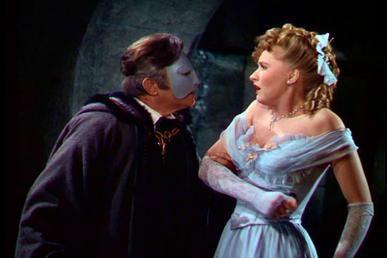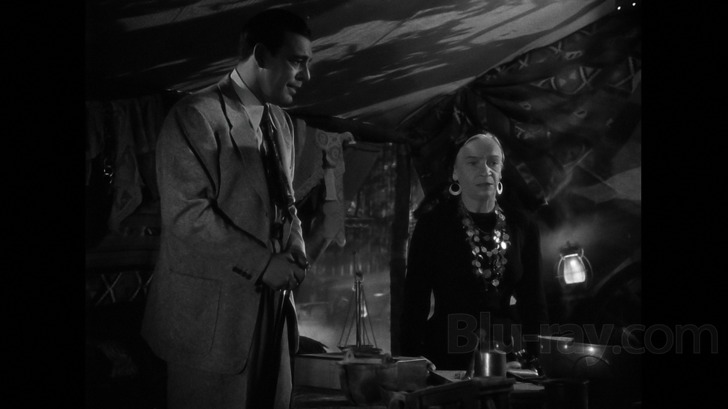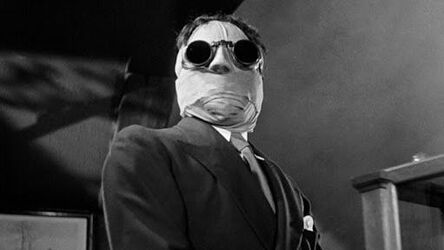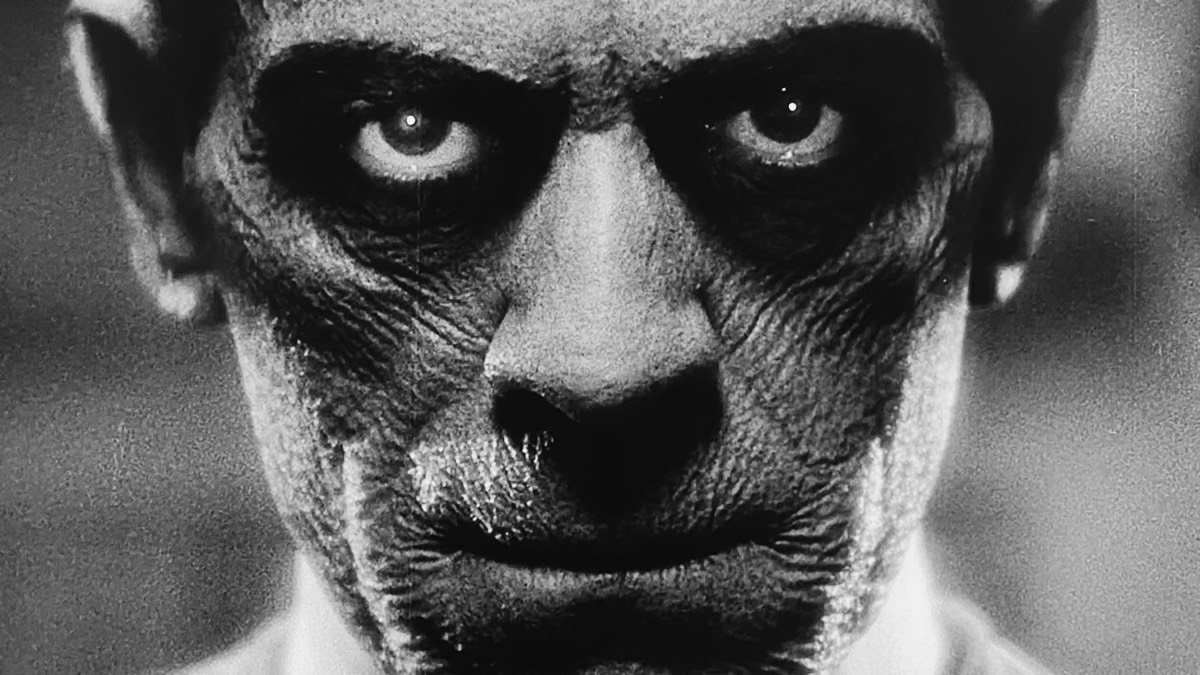When looking at great martial arts films the likes of Tsui Harks Once Upon a Time in China, Jackie Chan in Drunken Master or even Wachowski’s The Matrix movies, those films showcase some of the best martial arts talent ever put to screen, but back in 1984 a smaller scale film simply called The Karate Kid captured the hearts and minds of many moviegoers.
The Karate Kid (1984)
The Karate Kid was one of those 80s films that came fully loaded; we have a student-mentor dynamic, a love story between two people from different classes and a high school bullying drama, and then when we look at the martial arts aspect of the story and how it's treated with a fair amount of respect and you've got yourself quite the solid feature film. In this film, we get a young "fish out of water" protagonist who must defend himself against great odds, in this case, a bunch of asshat teenager karate enthusiasts, but the film also has a nice little romance provided by a young Elisabeth Shue yet the true heart of the film is the relationship developed between the teenage boy and his mentor.
It should be noted that though the film is called The Karate Kid it's Pat Morita who elevates the film above your typical drama film, and sure, Ralph Macchio and Elisabeth Shue provide solid performances but it's Morita who is the heart of the film.
The Karate Kid Part II (1986)
Moving the story's setting from the United States to Okinawa was a clever way to avoid simply repeating themes from the original film while also allowing some fun "fish out of water" comedy, but the film does lose points for dispatching Elisabeth Shue in such a clumsy manner, and sure, these movies are clearly about the relationship between Daniel and Mr. Miyagi but to have Shue's character dismissed because she broke up with Daniel for a jock was just lame.
Once again Ralph Macchio and Pat Morita provide solid drama and their student-mentor chemistry pretty much moves into the full-on substitute father in this film, these two are just great together, what is a bit harder to swallow is the villain whose demands for an honour-killing rings pretty hollow as does the Deux ex machine storm that comes along to help resolve things, but even less believable is the secondary villain who simply exists so that Daniel can have a final showdown. Overall, an entertaining sequel but some of the plot mechanics are a little thin and some of the writing is a bit corny.
The Karate Kid Part III (1989)
With this third instalment, the franchise continues the strange formula of ditching characters from previous entries in favour of a new matrix. In the first sequel they ditched Daniel's mom and his girlfriend played by Elisabeth Shue, who was replaced by a Japanese girlfriend, and in this third film we are told that his girlfriend had "gone off to take a job dancing" and his mom only gets a brief cameo, but what is truly bizarre is that the plot of The Karate Kid Part III the Cobra Kai master John Kreese getting revenge of his life has turned to shit since the events of the first film yet he's barely in this film, what we do get is the introduction of a totally new villain who will get revenge on behalf of the Kreese character, which one must admit is rather bizarre. Then things get even worse as this villain is not just bad he's "I dump toxic waste for a living and laugh about it" level evil and has even less dimension than that of Snidely Whiplash from the Dudley Do-Right cartoons and the acting for this character is at an even higher level of awful.
Sadly, the plot and cartoon villainy on display is the least of this film's problems as Daniel LaRusso is now a complete asshat and spends most of the film badgering Mister Miyagi and generally fucking things up, and when he isn't making things worse he's whiny about his life. That Pat Morita is able to instill some sense of class into the proceedings is the only saving grace this film has and even the final karate tournament scene isn't able to save the picture as it's basically Daniel being really bad at fighting until getting a quick "Use the Force" speech from Miyagi and then sadly he's able to channel his inner badass.
Overall, this film was a slap in the face to anyone who had loved the previous films as it completely destroyed the character of Daniel LaRusso and did its best to tear apart the chemistry that Ralph Macchio and Pat Morita had developed and basically pissed on the ashes of the franchise.
The Next Karate Kid (1994)
In this fourth entry on the Karate Kid Franchise, we say goodbye to Ralph Macchio's Daniel LaRusso and hello to Hillary Swank's Julie Piece, a young woman with some serious anger issues who Mr. Mijagi does his best to guide towards finding inner peace while also teaching her such important tidbits as "Ambition without knowledge is like a boat on dry land." Who can argue with that?
While this isn't the best in the franchise it's clear that even this early on Hillary Swank was a much better actor than Ralph Macchio would ever be and she and Pat Morita worked really well together, with her leaning to waltz from Mr. Miyagi being a particularly sweet moment, but where the film stumbles is the rather bizarre conflict this entry tried to manufacture as no longer is there a simple problem with school bullies, instead, we have high school sexual predators to worry about - with Julie being a girl I guess they thought this was the female equivalent of bullying - yet that wasn't apparently enough as we also get Michael Ironside as the bizarre leader of a what appears to be a high school ROTC but who acts as if he's training the Hitler Youth. I love Michael Ironside but his level of screen villainy was way out of place for a teen drama and a little over-the-top, what with him ordering his students to commit murder because one kid didn't fear him, that said, it was nice to see Pat Morita kick his butt.
Overall, The Next Karate Kid may have some serious structural problems with the script but any film with Buddhist monks bowling and "Karate Waltzing" can't help but be entertaining and watching Pre-Oscar Hillary Swank is a definite bonus, which makes this one an easy recommend.





































